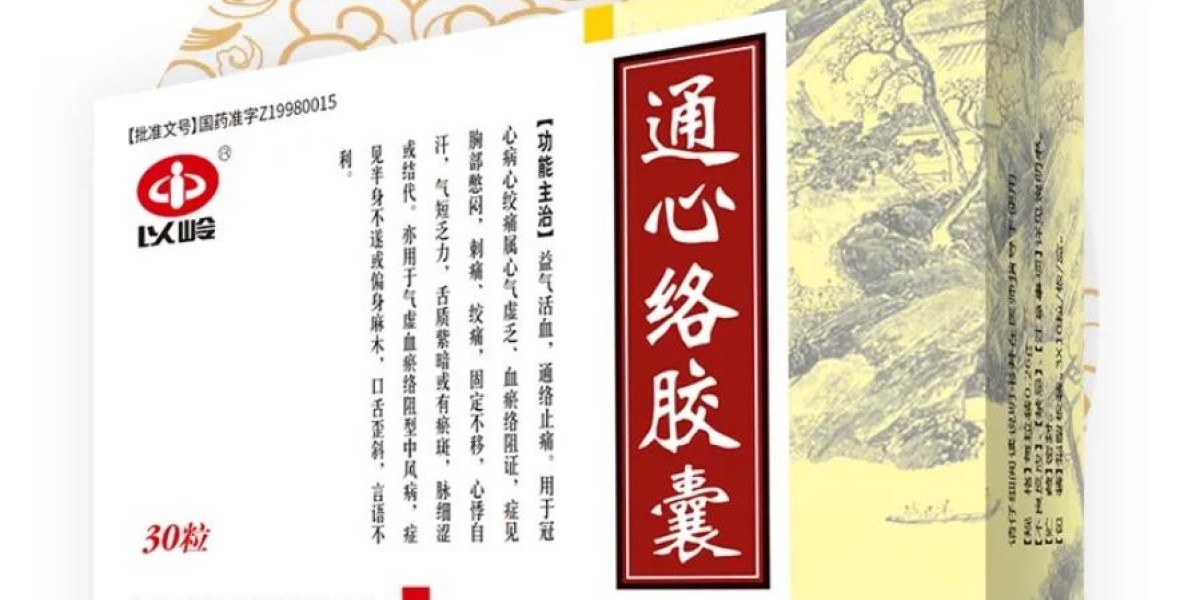A multicenter randomized double-blind parallel placebo-controlled study of Tongxinluo capsule in the treatment of carotid plaque
To determine whether the traditional Chinese medicine Tongxinluo (TXL) can effectively delay the progression of carotid atherosclerosis, a total of 1212 patients with focal intima-media thickness (IMT) ≥1.2 mm received TXL or placebo capsules. The main outcome was the difference between the groups in the mean annual change of IMT at 12 sites of the bilateral carotid artery over 24 months. Secondary outcomes were intergroup differences in plaque area, vascular remodeling index (RI), serum lipid levels and high-sensitive C-reactive protein, and complex for the first major cardiovascular event. The results showed that the mean annualized change in IMT in the TXL and placebo groups was −0.00095 (95%CI, −0.00330 to 0.00141) mm and 0.01312 (95%CI) mm, respectively, with a difference of −0.01407 (95%CI: −0.01740 to −0.01073) mm (P < 0.001). Compared with placebo, TXL treatment significantly reduced baseline changes in plaque area and RI, as well as first major cardiovascular events. In conclusion, TXL delays the progression of carotid mean IMT, plaque area and vascular remodeling, and has a good safety profile.
Over the past three decades, numerous clinical trials have demonstrated the effectiveness of statins in reducing cardiovascular events in primary and secondary prevention, making statins a cornerstone in the prevention and treatment of atherosclerosis. However, even after intensive statin therapy, many patients still have a higher risk of residual cardiovascular events. In the HPS2-THRIVE collaborative group study, when added to statin-based low-density lipoprotein reduction therapy, the allocation of sustained-release niacin/Laropipram (ERN/LRPT) was associated with an increased risk of definitive myopathy (75 (0.16%/ year) vs. 17 (0.04%/ year, hazard ratio 4.4); 95% confidence interval 2.6-7.5; P < 0.001), and increased the risk of myopathy by increasing ERN/LRPT to 40 mg daily simvastatin with or without Ezetimibe, especially in Chinese patients with a higher incidence of simvastatin myopathy 1. Therefore, it is necessary to explore new anti-atherosclerosis drugs with high efficiency and low toxicity.








